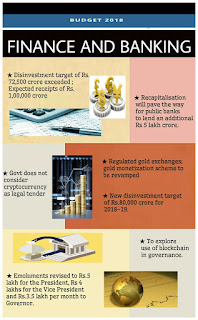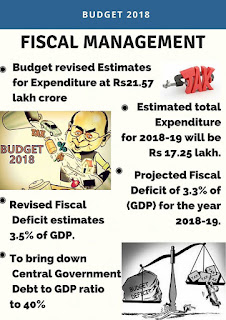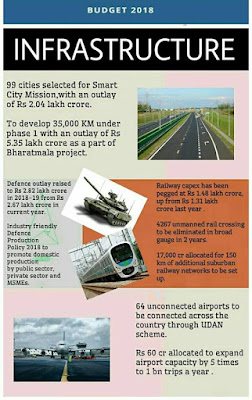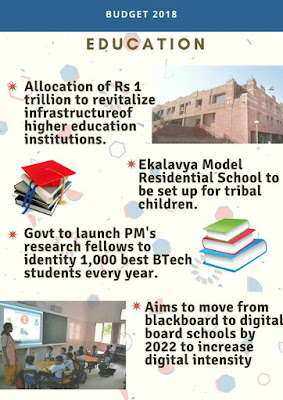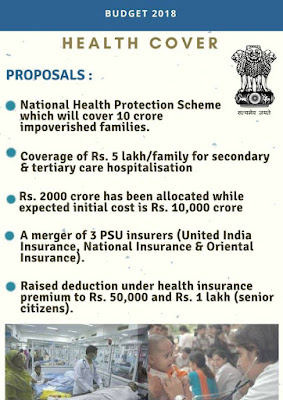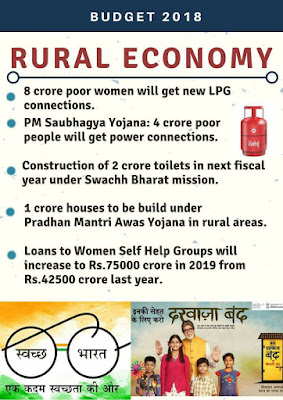Rhino Horn Trade: A Very Pointed Bubble
Can you imagine a horn having more value than gold in the international black market? Well, I was as shook as you are when I found out! The Rhino horn trade is far more complex than it seems to be. Rhinoceros poaching was banned in India in 1910. Yet Rhino poaching trends have been high and not so surprisingly the horn is the most sought after body part of Rhinos. Despite it being a punishable offence, these poachers who are generally skillful sharpshooters take the risk as the yields are beyond believable! A kilo of Rhino horn is pegged at around $100,000 in the international market with an average horn being around 1-3 kg. The price is perhaps more than that of Gold or Cocaine. Why? Let’s look at the demand. The ever increasing demand of Rhino horns has seen upto 30% rise in the past 13 years. This insane demand comes from Vietnam, and China, as it’s believed that Rhino horns have Cancer curing properties. This belief was strengthened by a rumour that swept Vietnam in mid 2000’s

